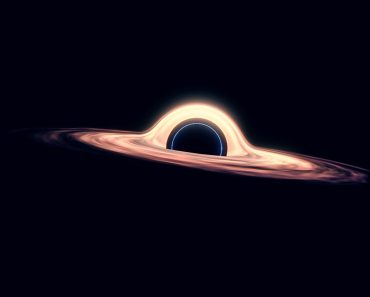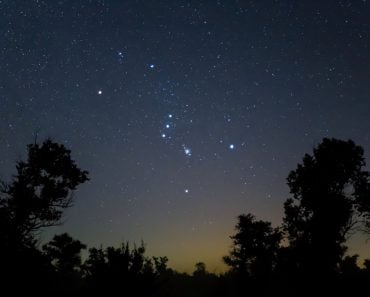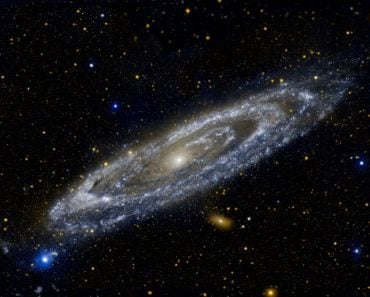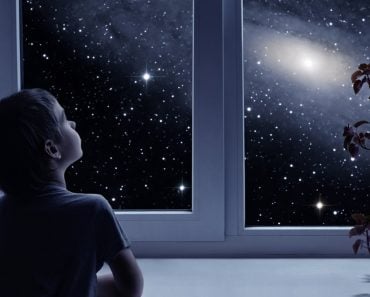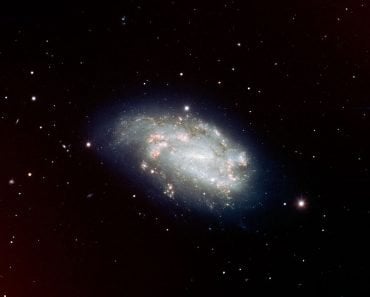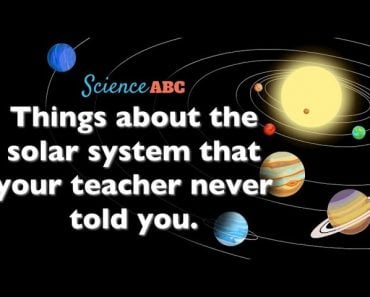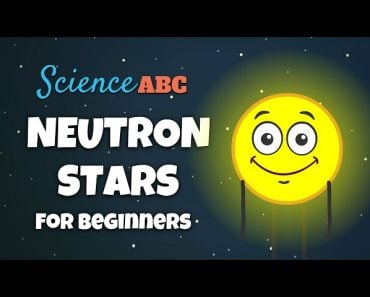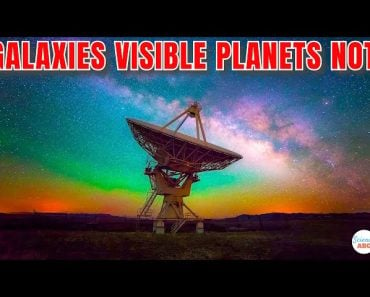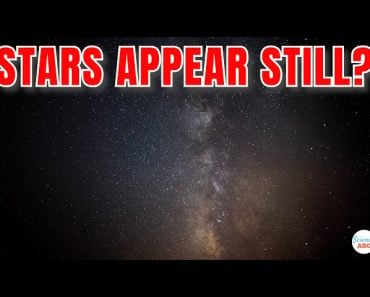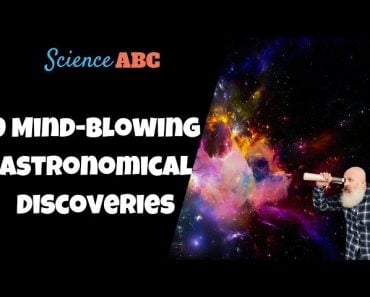Table of Contents (click to expand)
A black hole is at the center of the Milky Way.
The Milky Way is a massively vast galaxy composed of about 300 billion stars, one of which happens to be our Sun. The planets and asteroids orbiting the Sun form the solar system. Our galaxy is one of the hundreds of billions of galaxies in the observable universe, each with its own unique star systems, including white dwarves, red giants, pulsars, neutron stars, and a handful of other star types peppered throughout the cosmos. We’ve all seen pictures of our galaxy – individual stars shimmering in spiral arms that seem to be spinning out from the center – but what’s at the heart of the massive galaxy we call home?
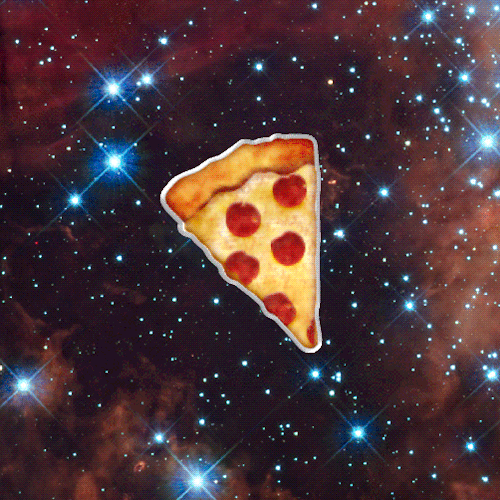
Our very own Sun must be a very happy little star… Not that it’s particularly little. More than one million planet Earths could fit inside our Sun, but compared to the monumental masses we find in the rest of the galaxy, our Sun is somewhere in the bottom half in terms of size. Its stellar classification puts it at a Type ‘G’, also known as a yellow dwarf, which is about 15 times smaller and 60 times less heavy than an average Type ‘O’, commonly called a blue supergiant.
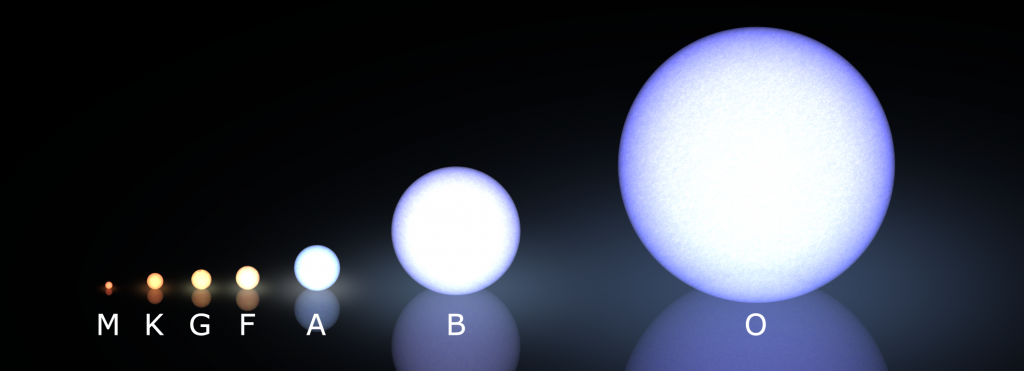
Recommended Video for you:
Go Big Or Go Home
Stars produce heat and light by undergoing a process known as ‘nuclear fusion’, which is the same process used in modern nuclear weapons. However, when stars become really big – huge enough for their own gravity to destroy it – a spectacular cosmic explosion called a supernova occurs. This supernova can result in the formation of either neutron stars or black holes. Neutron stars are remnants of giant stars that have condensed into unimaginable densities, making them the densest and smallest stars in the universe, with about 2 solar masses compressed into a radius of about 11 kilometers. A teaspoon’s worth of a neutron star would weigh about 1.5 times the mass of the Great Pyramid of Giza.

Denser neutron stars and giant supernovas form the leviathan of cosmic quandaries – the black hole. A black hole is an object so incredibly dense that even light cannot escape its gravitational field. The existence of black holes was actually doubted by scientists until the 1960s… even Einstein himself thought that it defied everything known about physics and astronomy. Eventually, however, they reached a consensus that black holes gobble up all incoming matter and do, in fact, exist.
Even Bigger?
Alright. We know about black holes, we’ve seen them portrayed in science fiction and watched them in movies, such as ‘Interstellar’. A black hole is actually able to distort the fabric of space-time itself, causing objects to move closer until they are pulled into the ‘event horizon’ – the point of no return. To understand more about how black holes do this, take a look at this article.
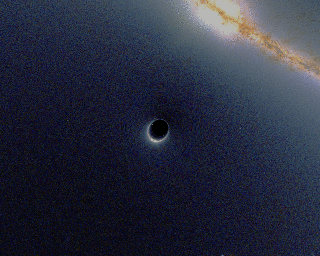
Black holes are usually quite small compared to the stars we saw earlier, but they have much, MUCH more mass than these stars, which is why their gravitational pull happens to be so enormous. This leads us to the aptly named supermassive black hole (one of my favorite things about astronomy is that extremely complex ideas have such simple names…).
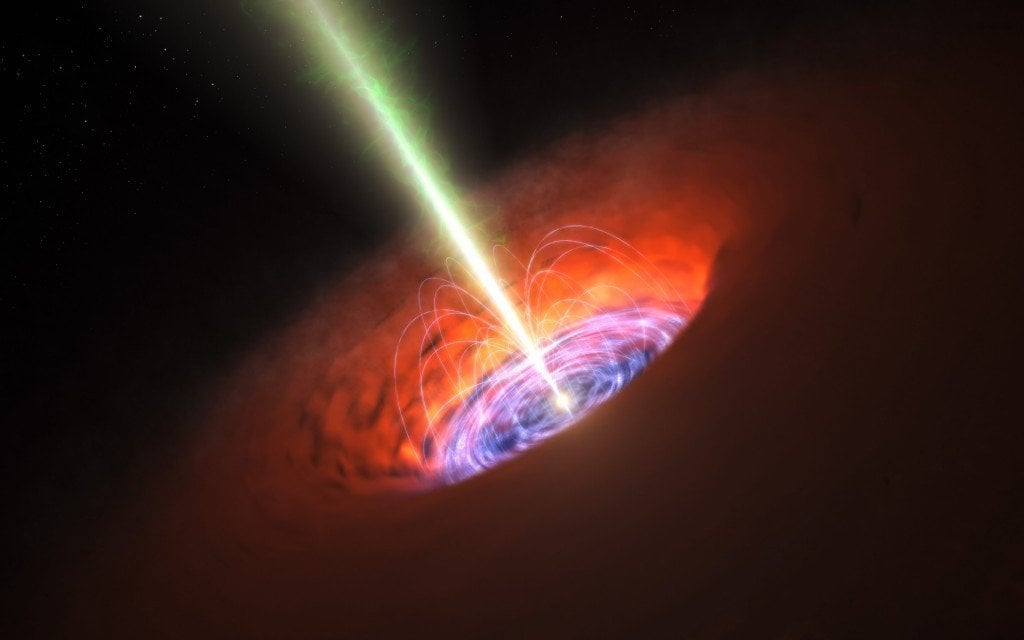
In 1971, two astrophysicists at the University of Cambridge hypothesized that the center of the Milky Way contains a black hole. An astronomical radio source was discovered at the galactic center, about 26,000 light years away from our solar system. This region, about 40 million kilometers wide, is known as Sagittarius A. Compared to many other supermassive black holes, it’s quite small. If it were in the center of the solar system, for example, its surface would be just inside the orbit of Mercury. We don’t know quite what Sagittarius A is, because it’s too small and far away for telescopes to pick up anything but radio signals, but we’re rather confident that it’s a supermassive black hole due to its enormous mass: 4.1 million times the mass of our sun. Obviously, it could also be a giant floating pizza slice, but that seems a bit less likely.

So, there you have it, the Milky Way galaxy most likely orbits around a powerful, seething black hole that warps space-time itself and gobbles down stars for breakfast. An entire galaxy revolves around it, but thankfully, it’s really far away… let’s just hope it stays that way!

